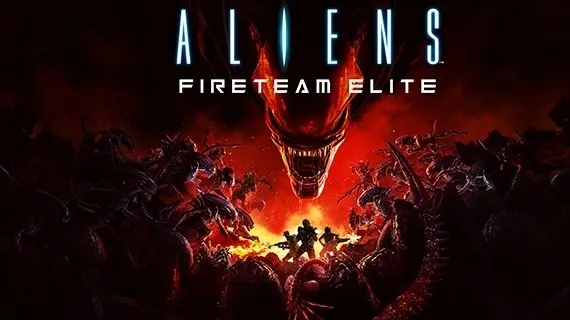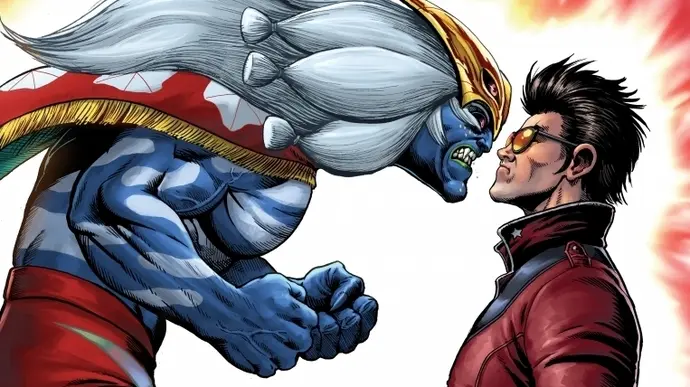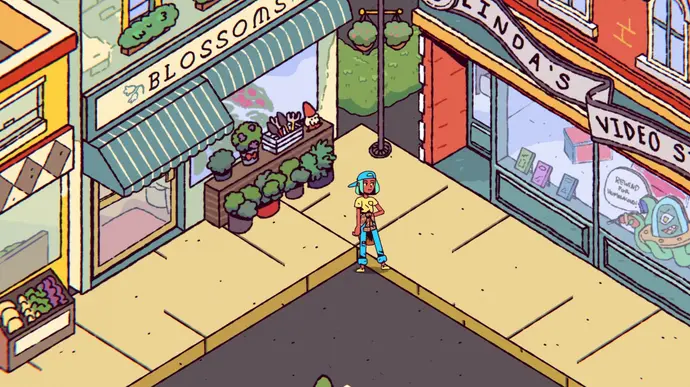A review of Aliens: Fireteam Elite – fleeting entertainment
Despite being brief, crisp, and very superficial, this interpretation of the well-known series fulfills the whole Aliens power dream.
Alien: Isolation was certainly a success, but in my opinion, it was never a really alien experience. Indeed. Although Amanda Ripley is a badass and definitely deserving of her equally badass mother’s name, I never felt like a true Ripley as I had to skulk about to dodge a single, really horrifying Alien. It makes me feel cowardly to tiptoe around rooms and stuff myself into lockers so I can discreetly hyperventilate until the creature disappears once again. I feel too much like myself in it.
Fireteam Elite, Aliens? Even though we officially have nothing to do with Ripley this time around, Aliens: Fireteam Elite does allow me live out my power fantasies as Ripley with its wonderfully sticky intestines, chunky gunplay, and plenty of crazy battles.
I didn’t anticipate it coming in between us. Sure, the trailers and pictures were a little too generic, but we’ve already been let down by the Alien series, right? No matter how many different Challenge Cards we use to liven up the experience, I doubt many of us will be playing Aliens: Fireteam Elite for very long after the game’s four-six-ish hours of main campaign conclude. Still, those four hours are unquestionably hilarious. in the true sense.
But before I entered, I did worry whether this would be another Alien Isolation. As soon as you go inside the refinery, you’ll see a long, maroon line of blood on the floor, a faint flicker of emergency lights, and the clatter of a vent cover dropping from the ceiling that will capture your attention. It’s a great bait and switch, nothing happens until everything does, and then everything plays out just as I had hoped: heaps and piles of dead Xenos.
Twenty-three years after the conclusion of the trilogy, Aliens: Fireteam Elite dares to continue the plot. I swear not to reveal too much about what transpires here, but you can probably predict what occurs once I tell you that it begins with a rescue operation. The vast LV-895, a derelict refinery, and other locations will be seen along your journey. Although there should be enough variety in the backgrounds to prevent monotony, the familiar green, black, and blue color scheme won’t be seeing much change.
I’m afraid the individual tasks inside each chapter will provide much less variation. The campaign basically consists of you fleeing from one hallway to the next, with carefully placed ammunition boxes and oh-so-convenient waist-high cover. The weapons you may use and the adversaries you face will change somewhat.

That a game with the word “fireteam” in the title has cooperative play built in from the start probably doesn’t come as a surprise. Together with a few friends or AI allies, you’ll dutifully crawl from chamber to room and engage in combat with a variety of horrifying alien monsters. At most, the AI squaddies act as meat shields; at worst, they may be outright obstructive. They will never be able to fully make up for friends in real life, particularly in later stages when they are killed so often that my poor performance seems heroic.
It’s also different from other cover-based shooters because, in Aliens: Fireteam Elite, the Xenos don’t care much for the game’s rules and will attack you in any way they can, including galloping across the floor, running at you from the walls, or slithering across the ceiling. In other shooters, you can hunker down behind your wall and pop off a few shots until the room is clear. This implies that no matter how strong your holding position is, eventually some small gremlin will find a way past your defenses, so even when you feel safe—and believe me, that won’t be often—you won’t be.
Here, battling feels nice, for the most part. You may unlock a wide variety of weapons, some of which are class-based and others of which are not. On normal level, my Gunner’s shotgun proved to be so incredibly efficient, even at a distance, that it became my go-to weapon for the duration of the campaign. We didn’t run out of ammunition until the latter stages, but we quickly discovered that an ammo box and first aid kit would be waiting for us around every two or three encounters.


You’ll be facing off against a variety of Xenomorphs, including the eerie Weyland-Yutani synthetics that charge at you with frightening resolve, as well as Spitters, Warriors, Prowlers, and Drones, all of whom act pretty much as you would expect from their titles. Few of your enemies are particularly difficult to defeat on their own, but the Xenos’ real strength lies in their capacity to overwhelm and swarm you. You will come to regret staying in one area for too long. Yes, I most definitely did.
Fortunately, the marines are equipped with more than just weapons. In addition to having unique weapons and special powers, each class (more on that in a moment) also has a shockingly limited amount of consumables scattered about the area in boxes, such incendiary ammunition, and tech toys like drones and turrets. Even though they’re often found around ammunition stations, it’s always a good idea to thoroughly inspect an area for crates before proceeding, especially because each level has a secret cache that contains extra goodies.
What about the classes? To Aliens: Fireteam Elite’s credit, each of the five available characters—Gunner, Demolisher, Technician, Doc, and Recon—brings something new to the battle, and playing with them all was really enjoyable since there isn’t a bad character in the group. It’s true that the Demolisher is definitely the greatest option for novices—I can’t stress how effective those rockets are at controlling crowds—but you also shouldn’t undervalue the Technician’s very potent sentry turret.
But there’s still more! Additionally, there is a Perks system that requires you to arrange in a Tetris-like fashion a limited amount of attainable perks and modifiers to fit into your grid. Additionally, firearms may be improved by attaching various attachments, such as magazines, scopes, and muzzles, which raise your rank, also referred to as your combat rating. The fact that you can even add and customize the placement of your own hand-painted decals on your weapons, exactly like those real-fake Marines, will excite fans of the series. Though it’s unfortunate that you can only equip one at a time.
The weapons themselves? After going through the game twice and trying out every class (I must confess, I was always drawn to the Gunner and Technician), I hardly ever found a weapon that I liked as much as the ones included with the vanilla loadout. Even more unexpectedly, I seldom ever discovered a superior weapon during a run. Strange.

The Challenge Cards are the last. Along with the unlocked Horde mode, I believe these added layers of complexity—like the need to finish a late-game task without a fallen squaddie in one case and the spawning of more Xenos in another—are there to assist extend gameplay and give some spice. But with just 12 missions that repeat the same stand-here-shoot-this gameplay, I’m concerned that when you finish the main campaign, not many people will be left aside except the most devoted Alien aficionados.
The game consists of four chapters that can be completed in around twenty minutes if you’re playing with a friend and maybe thirty minutes if you’re playing alone. Each chapter is neatly divided into three objectives. There’s a strangely empty hub where you’ll stop off in between missions. Other than a requisitions store where you can cycle through new weapons, perks, attachments, and consumables, as well as cosmetics like armour items and paint for your guns, there’s not really much to this three-room game. I’m not entirely sure why it exists, unless more places become available in later releases.
It wasn’t all plain sailing, either. Several annoying audio problems were noticed, such as the sound of my teammate’s heavy gun recurring even when he wasn’t shooting it. Additionally, there were instances were the music appeared comically out of sync with the action taking place on screen. Yes, I realize that’s a strange criticism, but maybe when you visit you’ll get it as well.
All in all, though? Aliens: Fireteam Elite is just what the title suggests. With an all-new story that goes beyond the original trilogy and plenty of weapons, gadgets, and alien slime, it’s a hectic cooperative assault against some of sci-fi’s most recognizable creatures. It’s not the most complex shooter, and its short playtime won’t keep you occupied for more than a few evenings, but it’s still a really enjoyable game that should fulfill your thoughts of being a Ripley powerhouse.








